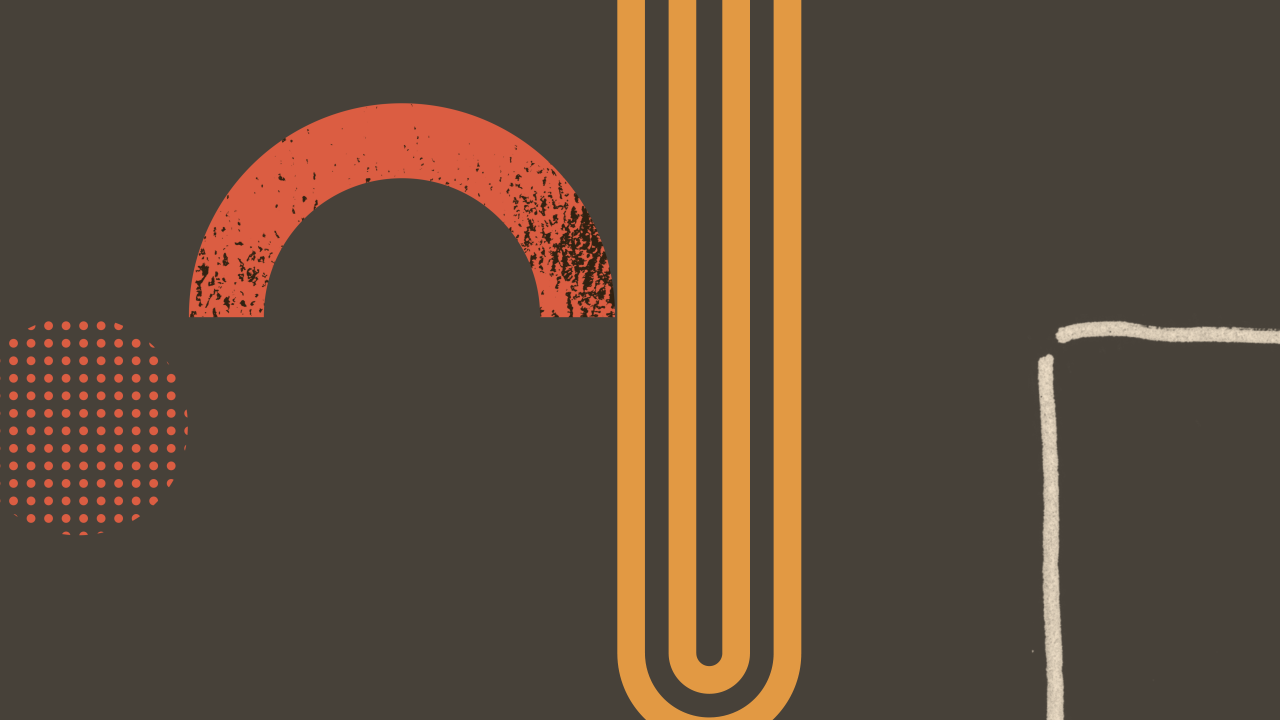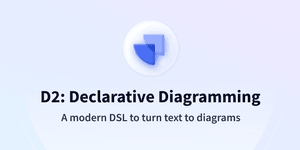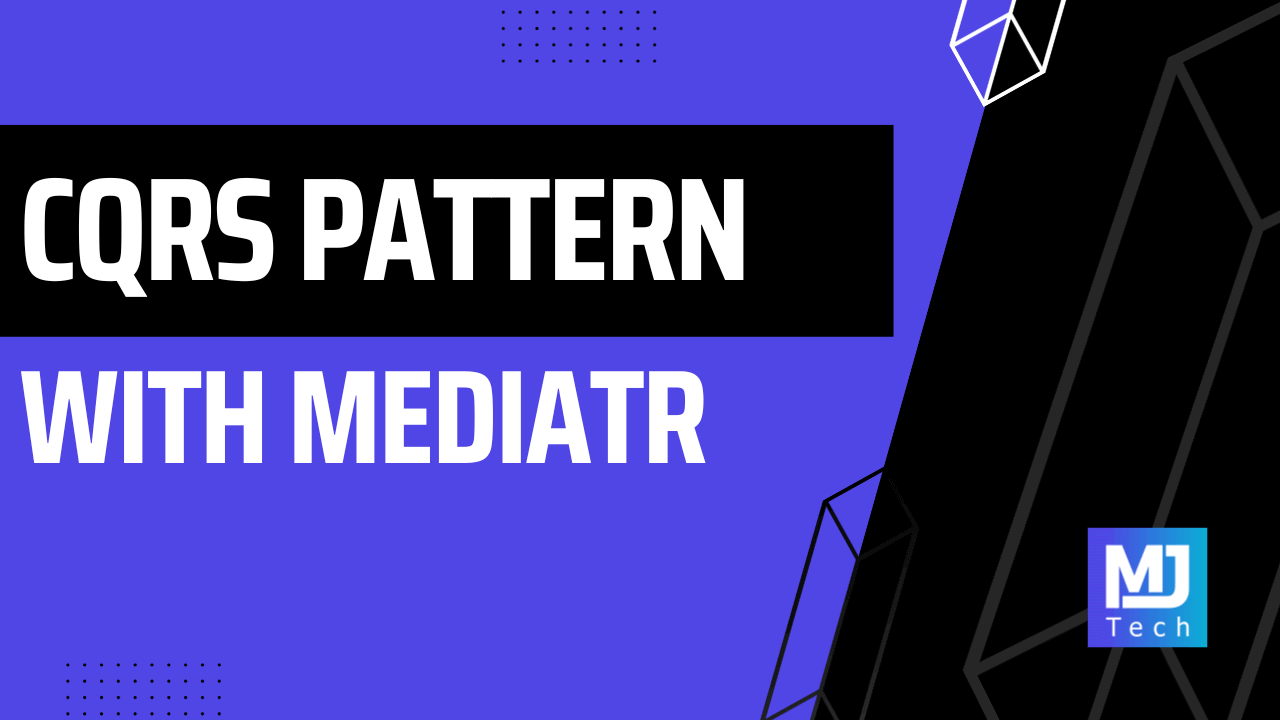Andrés
@andalm
Let the technical be tangible, free of any mystical aura ✨
Andrés
@andalm
Let the technical be tangible, free of any mystical aura ✨






Replication lag occurs when there is a delay between a write operation being executed on the primary (leader) node and the same operation being replicated to the secondary (follower) nodes.
Replication lag is a basic issue in leader-based replication systems that are made for better availability, scalability, and faster response times by spreading out read operations across replicas in different locations.
